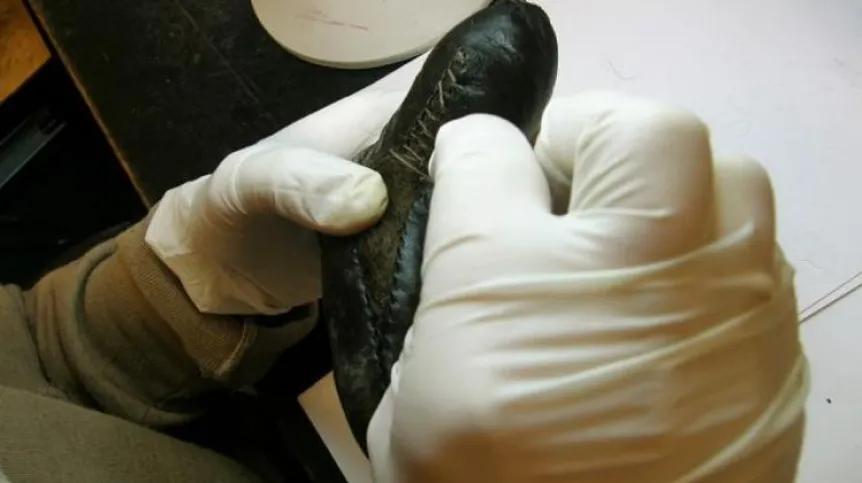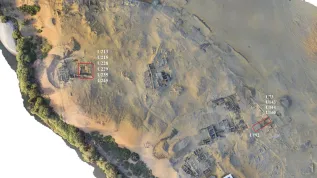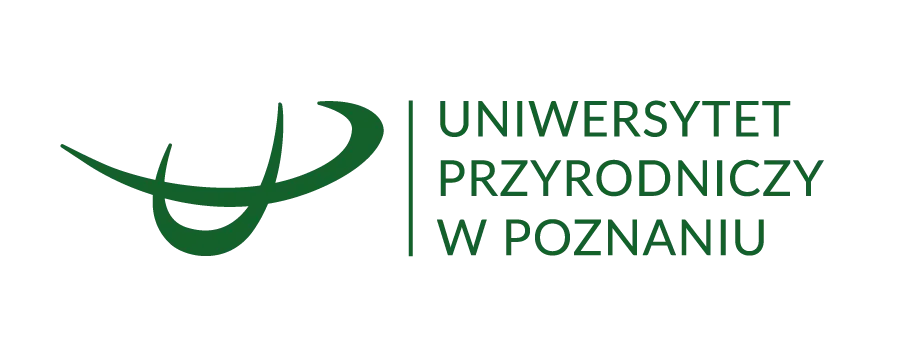
18th century leather erotic toy can be viewed for a month in the Archaeological Museum in Gdańsk. The unique object was found four years ago during archaeological research conducted in the historical centre of Gdańsk.
According to Marcin Fedoruk from the promotion department of the Archaeological Museum, the Gdańsk dildo, a unique find on a global scale, is presented to the public for the first time. "Our museum became its owner in January. The object has been subjected to conservation and now, until the end of August, it will be displayed in a display case in the entrance hall, where we present the Ancient Object of the Month" - Fedoruk told PAP.
The artificial phallus was found in spring 2015 during archaeological excavations conducted in the historical centre of Gdańsk, on Podwale Przedmiejskie (Ramparts) Street in Gdańsk. It was discovered in one of the latrines.
The erotic toy had been sown from one piece of leather, formed into the shape of a penis and two testicles. "It is completely filled with animal bristle. The head had been made of fabric (velvet), which was probably meant to enhance the erotic experience" - the museum describes in a press release.
According to the museum representatives, erotic accessories have been present in culture from the dawn of history. "Some items had symbolic value (magical), others were used in a practical manner to satisfy sexual needs" - the release explains, adding that such objects were "luxury items".
"Over the centuries, dildos were crafted from various materials, such as stone, bone or glass. The first written mention of artificial penises made of leather originated in Ancient Greece. The city of Miletus was not only a cultural and economic centre, but also a place famous for the manufacture and sale of artificial phalluses. The Greeks used them as an item of delight, calling it olisbos. These objects were made of stone, wood and tanned leather" - the museum informs.
The museum representatives also explain was discovered in an outdoor latrine in a suburban area. There was a fencing school nearby. "The latrines could have been in the back of the tenement houses which could have served as the fencers’ private housing. This area was also a known red light district, the reason behind the name of Zbytki (Excess) Street" - the museum representatives explain. They add that it cannot be ruled out that the item could have belonged to a rich townswoman living in an adjacent house.
As part of the Ancient Object of the Month program, the Archaeological Museum presents extremely interesting archaeological artefacts. Most often these items have been found during research carried out in Gdańsk. (PAP)
author: Anna Kisicka
aks/ agz/ kap/
tr. RL













